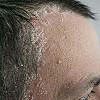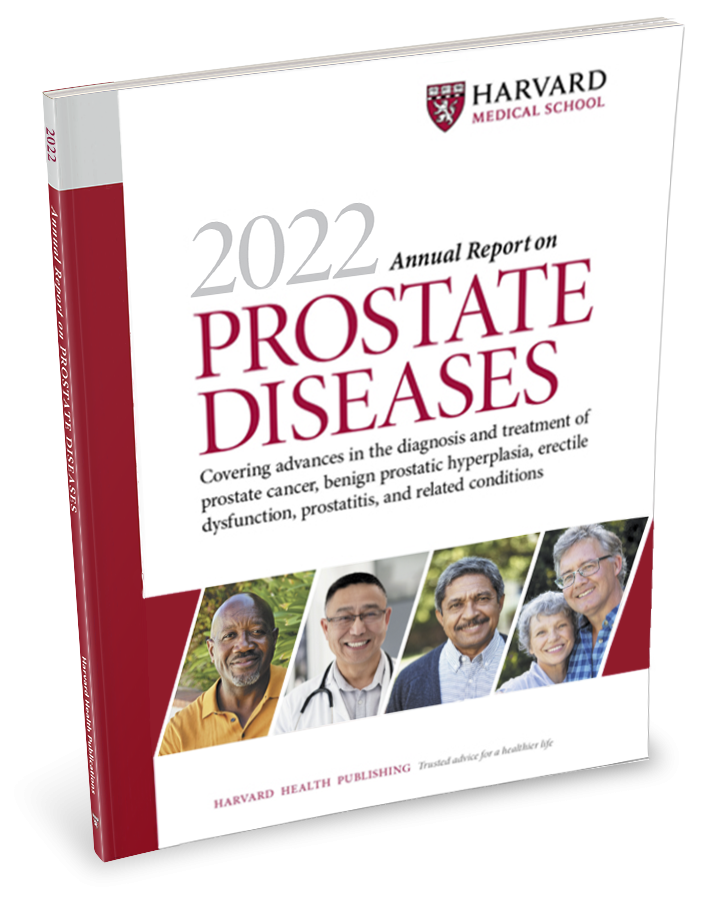Ejaculation frequency and prostate cancer

Despite the importance of prostate cancer, its causes remain unknown. Scientists do know that genetics plays a strong role, and they have sound evidence that diet and other lifestyle factors are also important.
Since the prostate is a reproductive organ that produces fluid for the ejaculate, researchers have long wondered if sexual factors influence a man's risk of prostate cancer, but a Harvard study provides good news for sexually active men.
The Harvard ejaculation study
The Health Professionals Follow-Up Study has been collecting information about a large group of volunteers since 1986. All the men are health care providers, including dentists, pharmacists, veterinarians, optometrists, ophthalmologists, and podiatrists. Most are white. In 1992, 29,342 men between the ages of 46 and 81 provided information about their average number of ejaculations per month in young adulthood (age 20–29), middle age (40–49), and in the most recent year. Ejaculations included sexual intercourse, nocturnal emissions, and masturbation. The volunteers provided comprehensive health and lifestyle data every two years until the study concluded in 2000.
The scientists found no evidence that frequent ejaculations mark an increased risk of prostate cancer. In fact, the reverse was true: High ejaculation frequency was linked to a decreased risk. Compared to men who reported 4–7 ejaculations per month across their lifetimes, men who ejaculated 21 or more times a month enjoyed a 31% lower risk of prostate cancer. And the results held up to rigorous statistical evaluation even after other lifestyle factors and the frequency of PSA testing were taken into account.
Ejaculation data from Down Under
An Australian study of 2,338 men examined the impact of sexual factors on the occurrence of prostate cancer before the age of 70. Like the Harvard research, the Australian investigation evaluated total ejaculations rather than sexual intercourse itself. Like the American men, the Australians who ejaculated most frequently enjoyed a reduced risk of prostate cancer. The effect was strongest for the frequency of ejaculations in young adulthood, even though prostate cancer was not diagnosed until many decades later. Even so, the apparent protection extended to all age groups. In all, men who averaged 4.6–7 ejaculations a week were 36% less likely to be diagnosed with prostate cancer before the age of 70 than men who ejaculated less than 2.3 times a week on average.
An Australian study of 2,338 men examined the impact of sexual factors on the occurrence of prostate cancer before the age of 70. Like the Harvard research, the Australian investigation evaluated total ejaculations rather than sexual intercourse itself. Like the American men, the Australians who ejaculated most frequently enjoyed a reduced risk of prostate cancer. The effect was strongest for the frequency of ejaculations in young adulthood, even though prostate cancer was not diagnosed until many decades later. Even so, the apparent protection extended to all age groups. In all, men who averaged 4.6–7 ejaculations a week were 36% less likely to be diagnosed with prostate cancer before the age of 70 than men who ejaculated less than 2.3 times a week on average.
A piece of the puzzle
The studies from the United States and Australia do little to answer these critical questions — but they do open a new avenue for research. Since both report that a high frequency of ejaculation early in adulthood has the greatest impact on the risk of prostate cancer decades later, they call attention to the role of events early in life, when the prostate is developing and maturing. There is certainly precedent for a long lag between cause and effect. For example, childhood sunburn is a major risk factor for malignant melanomas in adulthood, and prenatal factors that influence birth weight appear to influence the lifetime risk for hypertension and heart disease.
In 1807 William Wordsworth wrote, "The child is father of the man." With respect to prostate cancer, though, sexual activity in adolescence may be a predictor of risk in adulthood.
Image: Chinnapong/Getty Images
Disclaimer:
As a service to our readers, Harvard Health Publishing provides access to our library of archived content. Please note the date of last review or update on all articles.
No content on this site, regardless of date, should ever be used as a substitute for direct medical advice from your doctor or other qualified clinician.
















